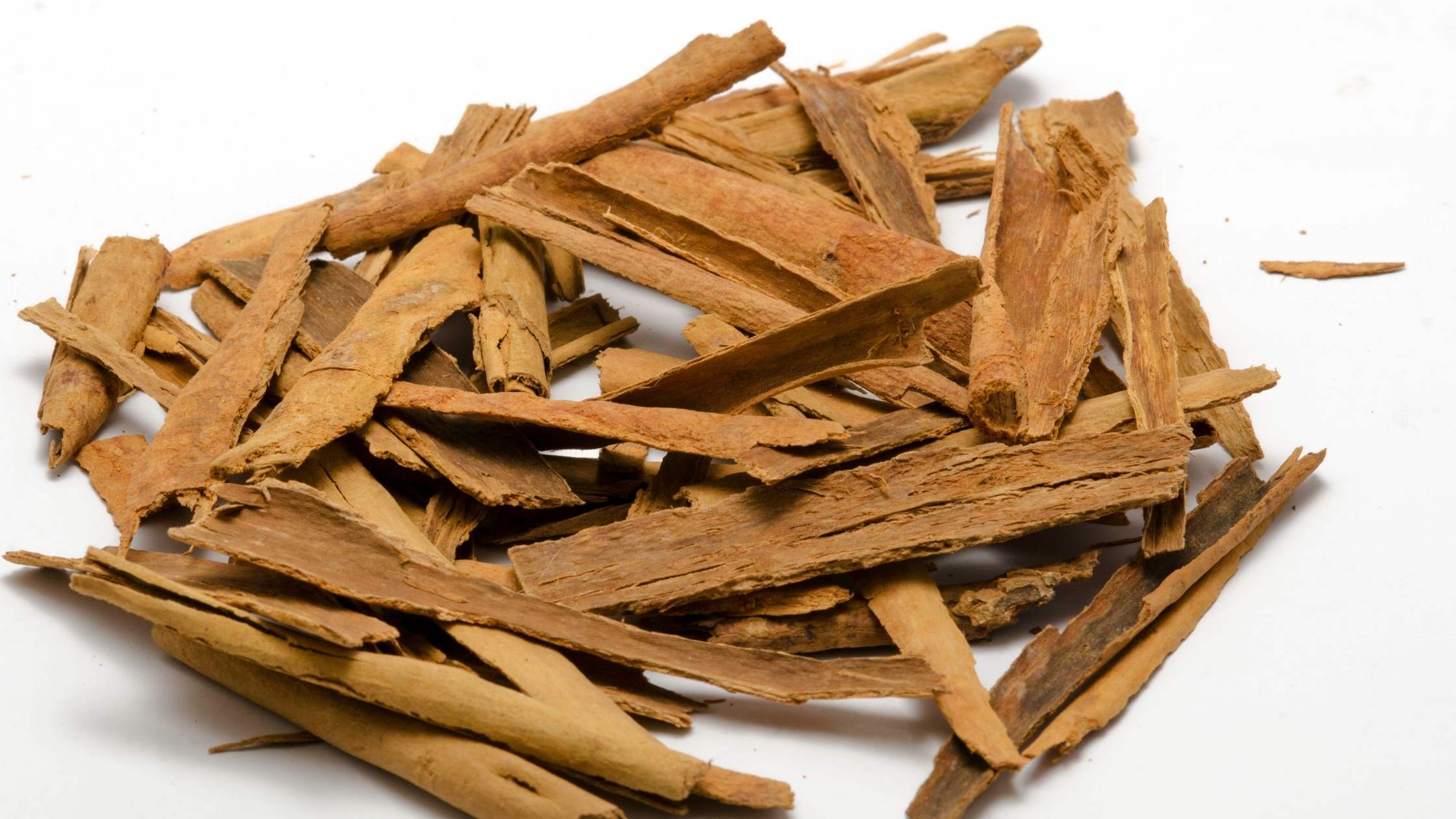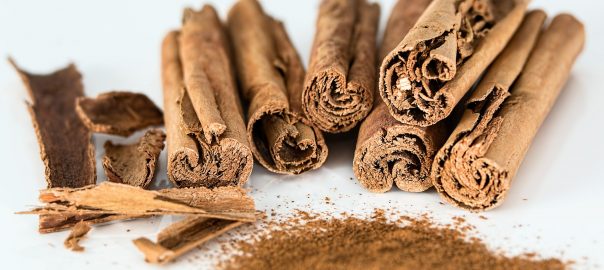Can you smell it? The apple pie roasting in the oven on a cold winter’s night?
Some of the fondest memories of my childhood involved a spice that in many parts of the country defines classical Americana, Cinnamon. What some don’t know is that cinnamon can do more for us than create the sweet scent of our childhood. It has been used for centuries in traditional Asian medicines.
Today it has become fairly well known in herbal medicine and for good reason. The bark we love dried up and ground for cooking has powerful medicinal qualities. In fact, Cinnamon has scientific evidence as a natural treatment for diabetes, and metabolic syndrome in addition to being an antibacterial agent and antioxidant.
Types of cinnamon
There are over 250 species of the cinnamon plant, of which four are used as the spice we know as Cinnamon. When it comes to the therapeutic potential of Cinnamon there are two species to consider. You may have noticed this at the grocery store when you looked for some in the spice aisle where you find “common” Cinnamon, often marked as Cinnamon, and another type of Cinnamon, marked as Ceylon cinnamon, also known as true cinnamon, Sri Lankan cinnamon, or by its botanical name Cinnamomum zeylanicum.
Ceylon cinnamon is considered by traditional herbalists and culinary aficionados as the most authentic of cinnamon.
Which is the best cinnamon
In addition to its more authentic sweeter taste, Ceylon cinnamon is also the superior cinnamon when it comes to its therapeutic uses. The reason for this has to do with a chemical found in cinnamon (and a variety of other foods and spices we eat) called coumarin and its toxicity to your liver via the Cytochrome P450 detoxification system.
“Common” cinnamon has a high amount of coumarin yet Ceylon cinnamon often has little to none of it which makes it safe to use in therapeutic dosages. At first glance, this may seem alarming but think of this system as one of the ways that our bodies take certain foods, medicines, and herbals and turn them into a form that our body can make use or get rid of. Without it, many well-known plants, foods, and medicines would be toxic to our bodies. You may have heard of this system before and not even knew it as it’s the system in our liver behind grapefruit juice’s impact on a variety of medications.
Why choose Ceylon
Considering that “common” cinnamon can contain up to 1,000 times more coumarin than Ceylon cinnamon, it puts a lot of pressure on respectable herbal companies to use it in medicinal formulations and this helps to drive up the price compared to “common” cinnamon.
The price of Ceylon cinnamon is a reason why most processed food manufacturers use “common” cinnamon more. One study showed that out of a variety of bakery and cereal products, the highest coumarin came from cinnamon and the cinnamon used was the “common” variety.
If you have considered using cinnamon for its therapeutic potential, or if you just love the spice like I do and find yourself putting it in everything, then do your liver and tongue a favor and check to make sure you are purchasing Ceylon cinnamon. Oh and add crummy quality cinnamon to the list of reasons why it’s better to just stick to your own home cooked foods and kick the processed food habit. Don't put that extra stress on your liver.
[expand title=”Sources”]
Abraham, K., et al. (2010). Toxicology and risk assessment of coumarin: focus on human data. Molecular Nutrition & Food Research, 54(2), 228-239.
Blahová, J., & Svobodová, Z. (2012). Assessment of Coumarin Levels in Ground Cinnamon Available in the Czech Retail Market. The Scientific World Journal, 2012, 263851.
Fentem, J. H., Hammond, A. H., Garle, M. J., & Fry, J. R. (1992). Toxicity of coumarin and various methyl derivatives in cultures of rat hepatocytes and V79 cells. Toxicology In Vitro: An International Journal Published In Association With BIBRA, 6(1), 21-25.
Kiani, J., & Imam, S. Z. (2007). Medicinal importance of grapefruit juice and its interaction with various drugs. Nutrition Journal, 6, 33.
Medagama, A. B. (2015). The glycaemic outcomes of Cinnamon, a review of the experimental evidence and clinical trials. Nutrition Journal, 14, 108.
Nabavi, S. F., et al. (2015). Antibacterial Effects of Cinnamon: From Farm to Food, Cosmetic and Pharmaceutical Industries. Nutrients, 7(9), 7729–7748.
Ranasinghe, P., et al. (2013). Medicinal properties of “true” cinnamon (Cinnamomum zeylanicum): a systematic review. BMC Complementary and Alternative Medicine, 13, 275.
[/expand]


